“1 in 5 British people throw out an outfit after wearing it only once”
January 26, 2023
People are always going to want to buy clothes, but, we can choose to buy from places that will bring a positive impact rather than a negative one. There are many negative connotations surrounding fashion because of topics such as: cultural appropriation, fast fashion and unethical brands, soaring out of reasonable price ranges for no good reason (Urban Outfitters, you know what you did). However, these things need to be properly contextualised by the positive parts of the fashion industry so we can move away from these harmful aspects to clothing brands who genuinely care.
Firstly, fast fashion has become a part of our daily lives as micro trends (trends that change monthly or even weekly) soar in popularity, 1 in 5 British people throw out and outfit after wearing it only once, according to a survey done by Vanish. This is could be seen as due to the impact of influencers and celebrities who lead unattainably perfect lifestyles that people strive for but can never actually achieve.
On top of this, many brands find it harder to make profit from an ethical business than from an unsustainable one. The cost of better quality materials and the process to actually make the garments. Brands like Shien have been accused of using many underpaid workers that are forced to work long hours. Glamour magazine revealed that: “Workers in one Shein factory earn a base salary of approximately £492 per month to make 500 pieces of clothing every day.” This is unacceptable. Yet this seems to be an integrated part of the fashion industry that people are willing to turn a blind eye to for some cheaper clothes. Its not worth it.
So where are the positives? An ethical fashion brand, Bee and Alpaca, explain how they manage to build a financially secure brand while still maintaining their mission of sustainability: “While it’s very easy from a technical point of view, it’s very costly to convert shoppers. Big fashion houses can easily outspend independent brands when competing for the attention of buyers. Preferring sustainable brands is not just about immediate smaller footprint, but it’s also about telling others that we care and they should too.”
Research done in 2020 by British Fashion Council (BFC) by Oxford Economics showed that 11 million items of clothing end up in landfill every year. So they decided to do something about it. They are investigating the infrastructures of the fashion industry and where most of the waste is directly coming from. This is research that could indefinitely change how the fashion industry runs and what brands are allowed to get away with when it comes to the production of their clothes. This, and other positive stories like these, should be celebrated and placed at the forefront of fashion news so that we know there is a reason to buy sustainably and that things can, and will, change.
So, next time you go to buy something that will impress your followers for a week and nothing more, remind yourself of the many other options out there. Be a part of it and make an impact.


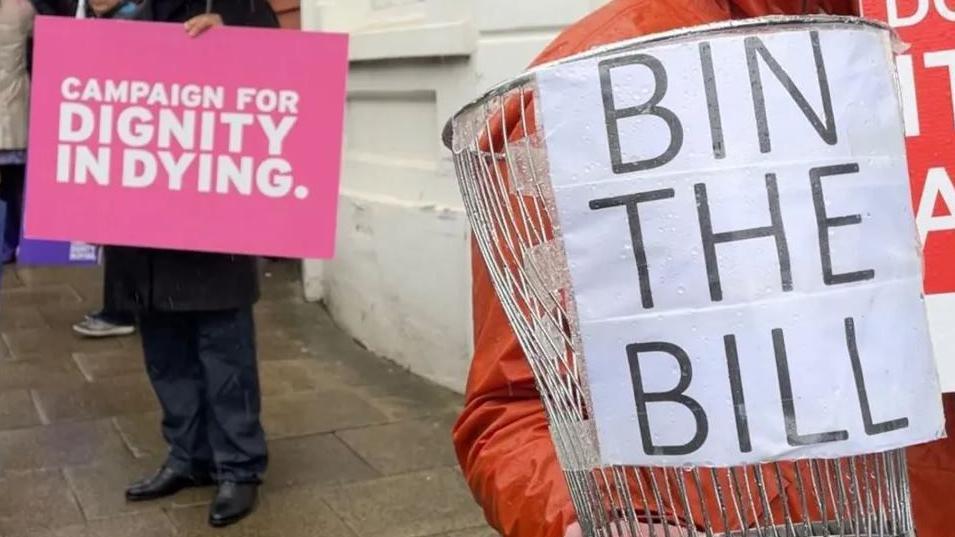

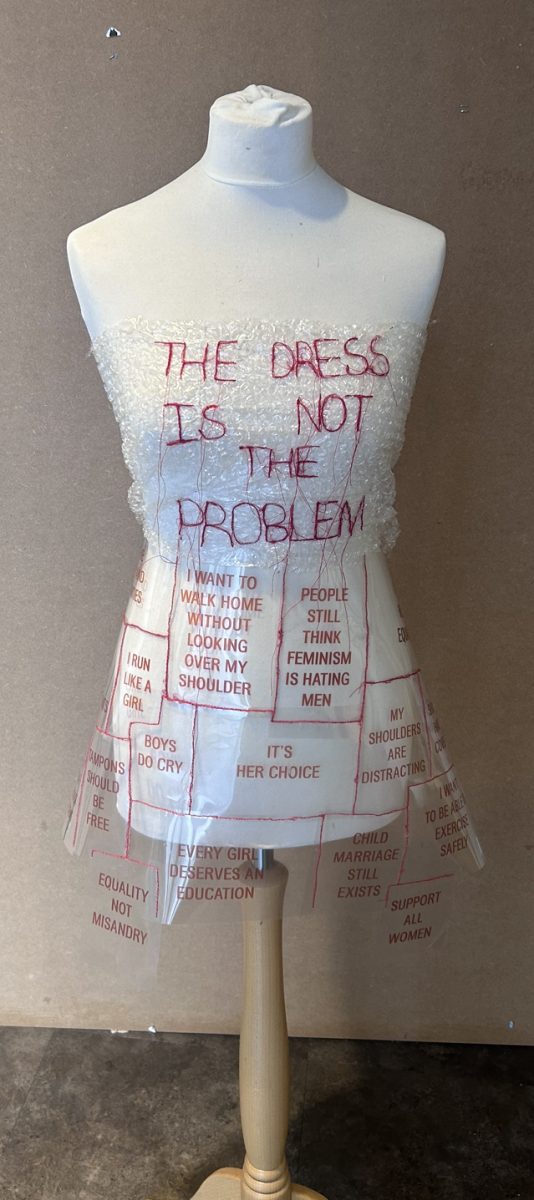







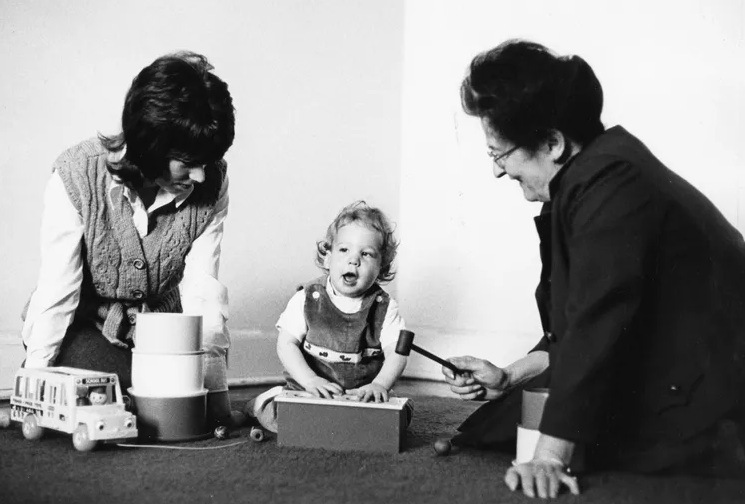




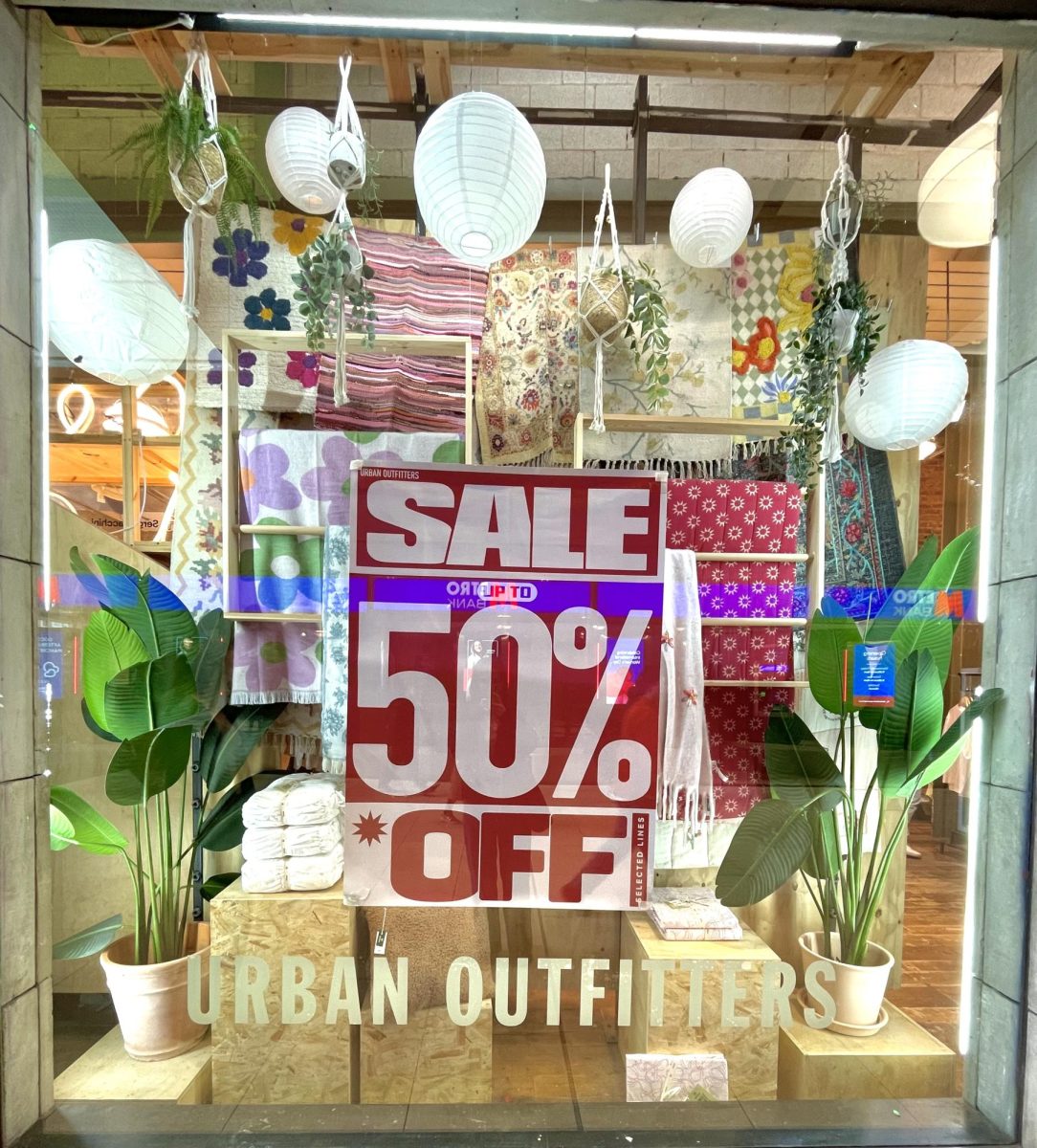
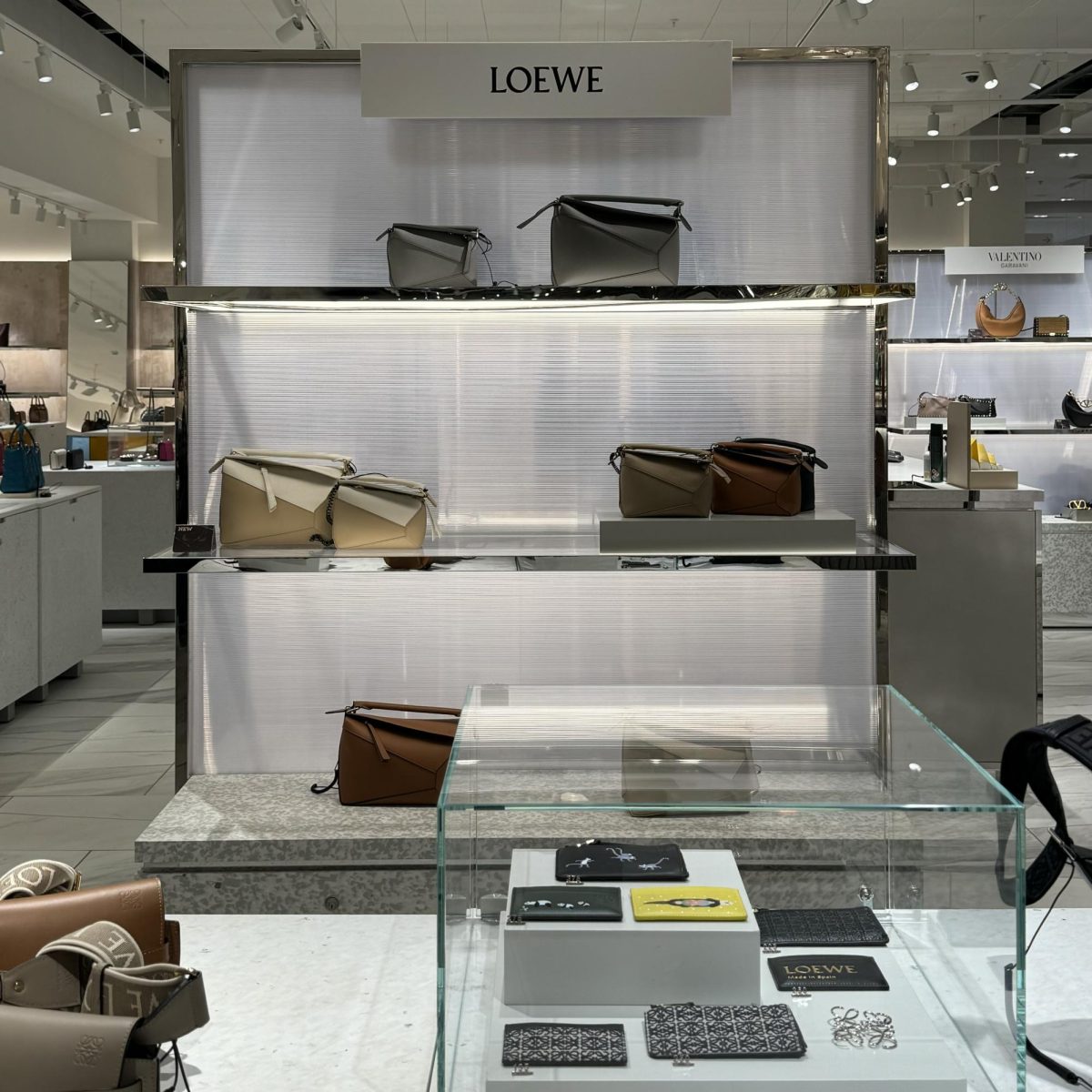
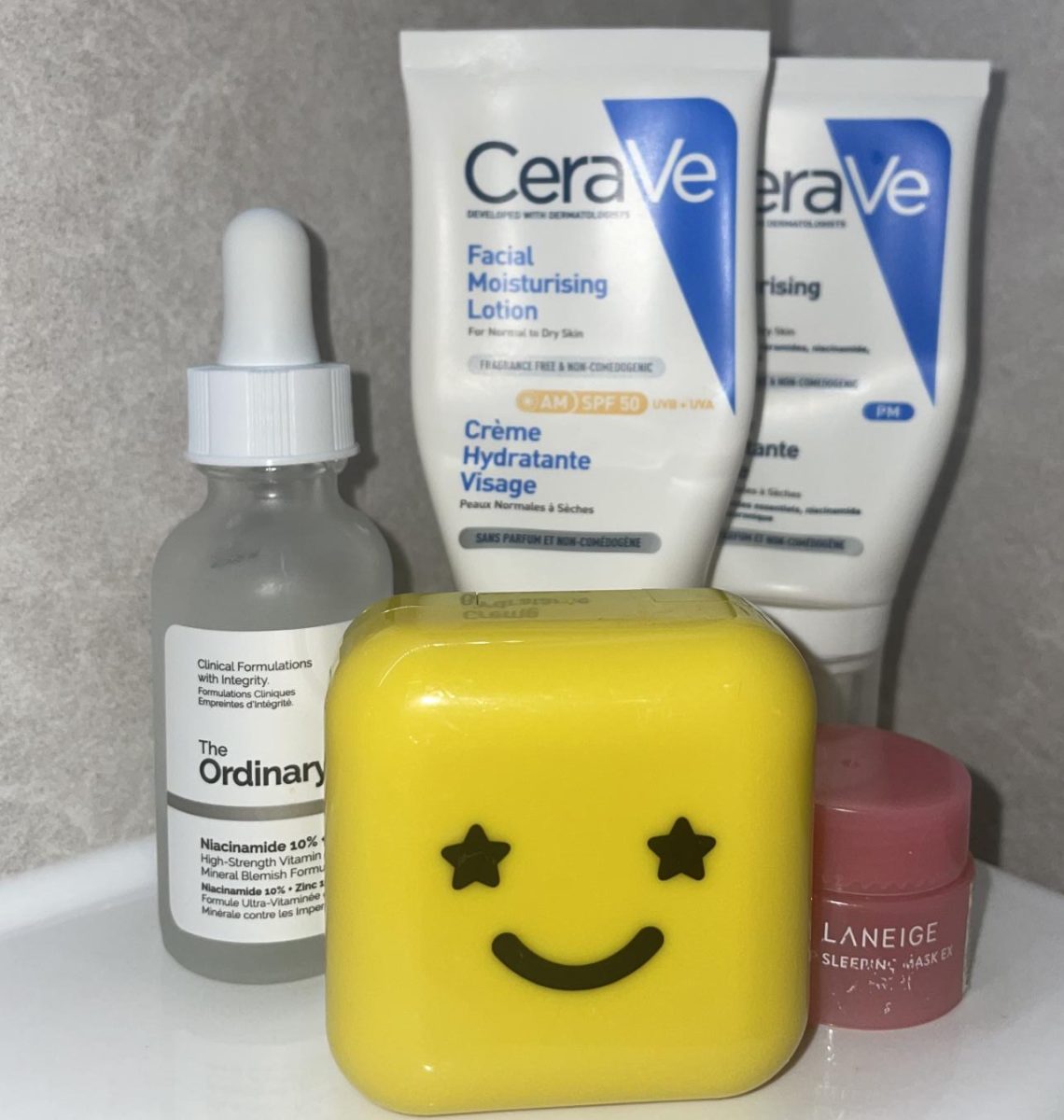
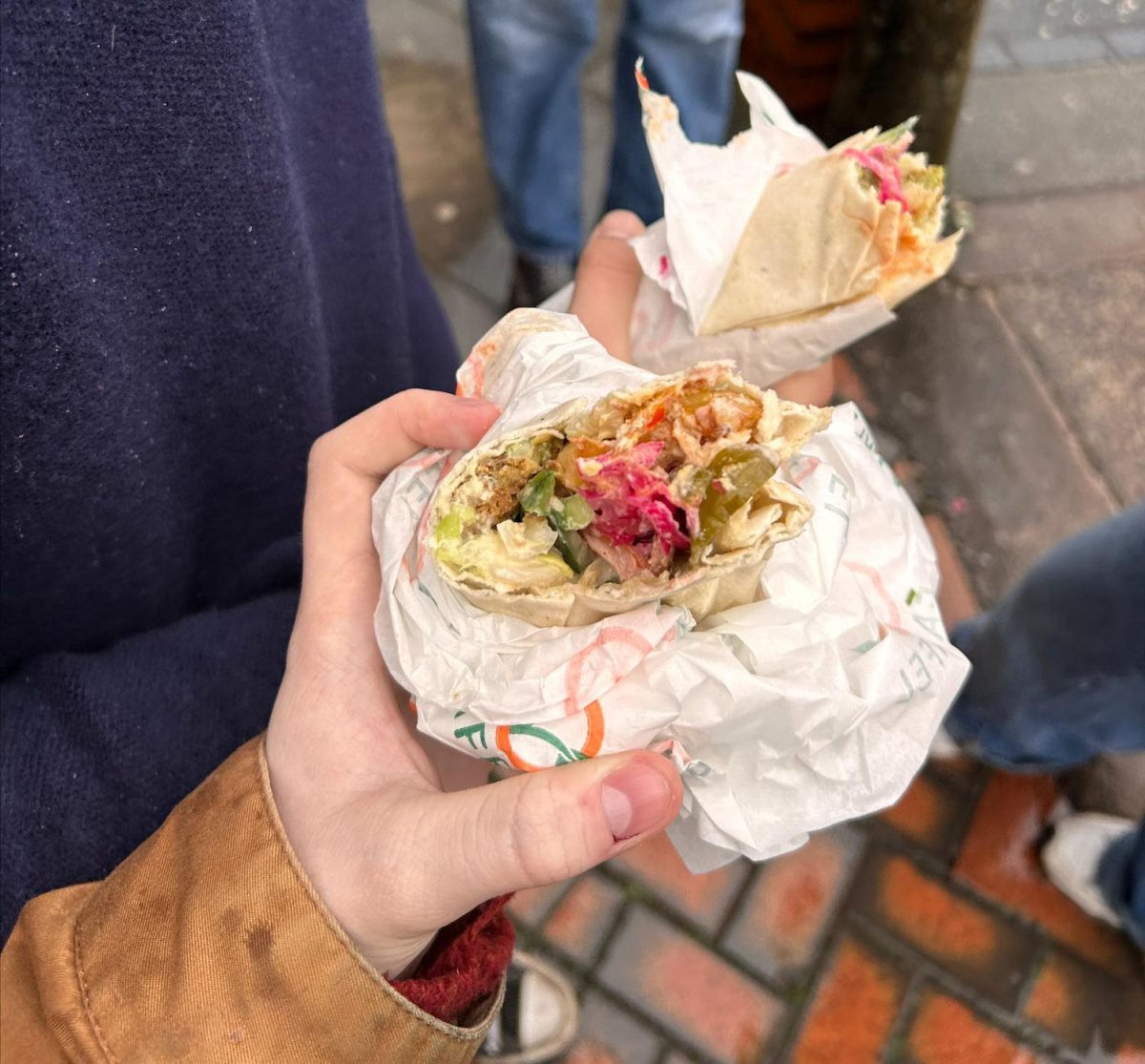
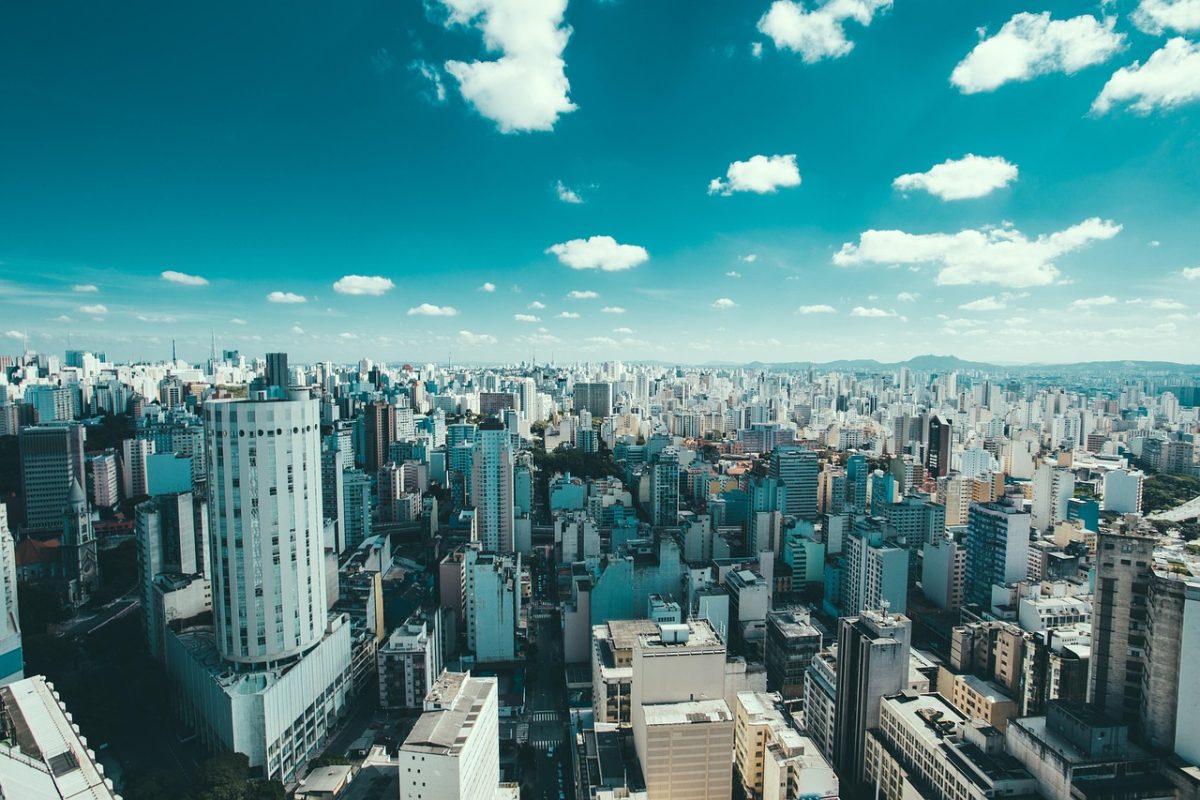


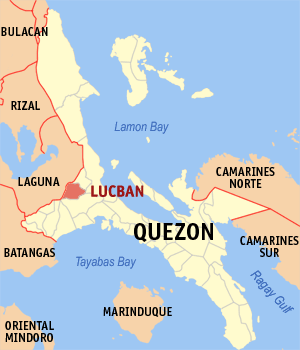






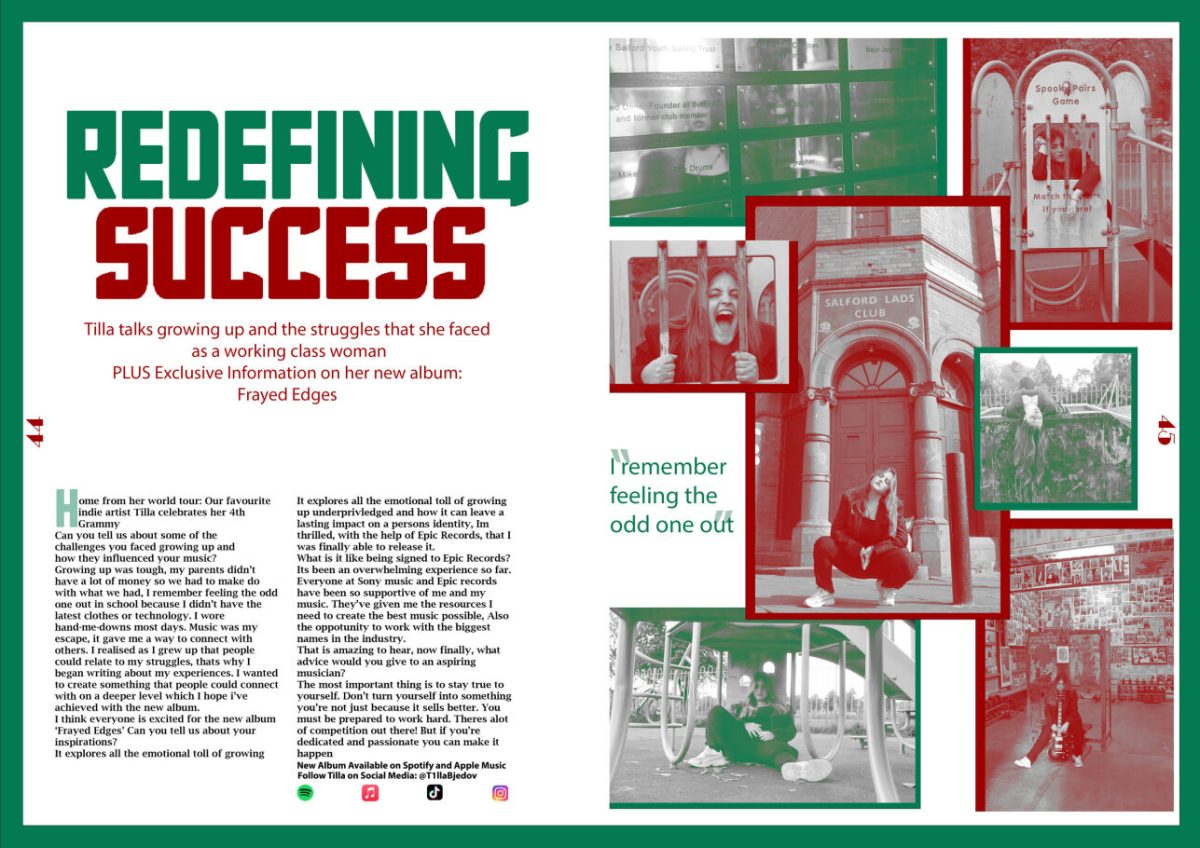


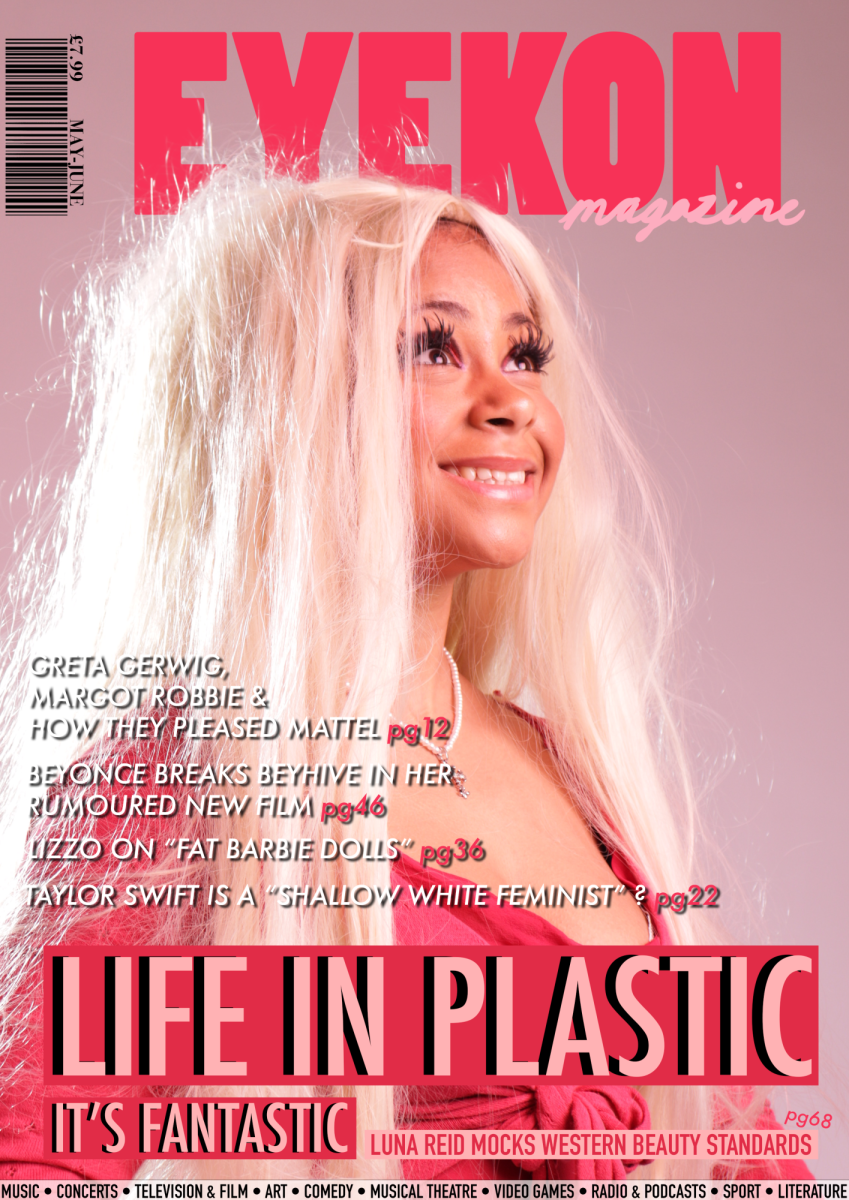


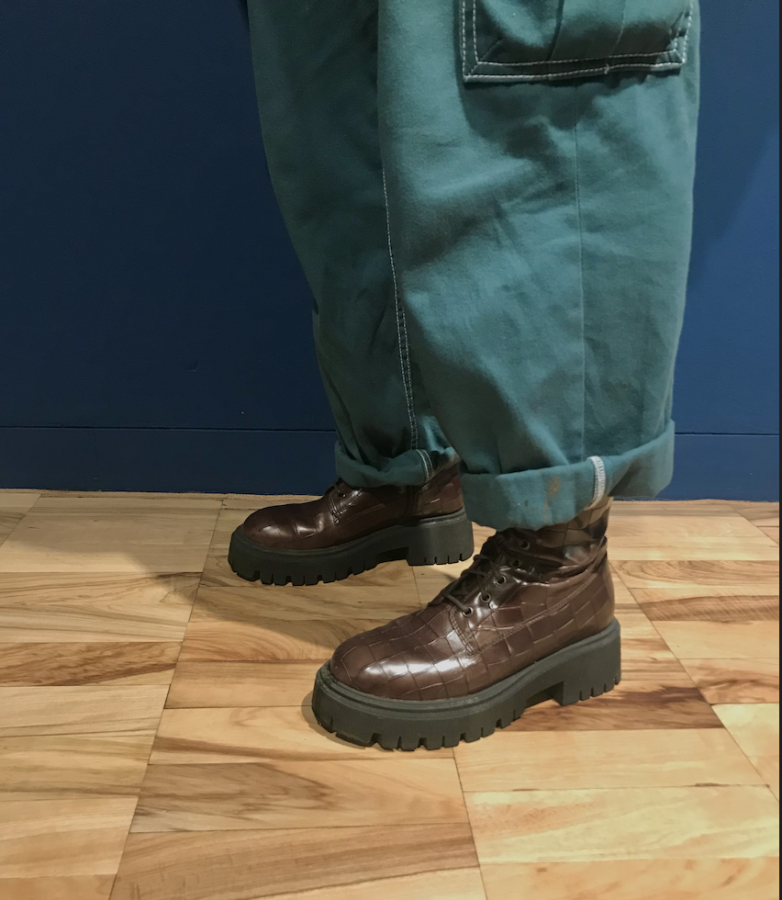
Noah • Jan 24, 2024 at 6:41 am
The poke at Urban Outfitters is so valid. Prices are rising exponentially, and it’s so hard to catch up and stay fashionable.
Annie • Jun 8, 2023 at 5:56 am
such a good article! the headline is very eye catching
Destiny • Feb 9, 2023 at 5:47 am
Really good article. Eye-catching title and great amount of information.
Hele • Feb 9, 2023 at 5:45 am
I loved the headline it really drew me in and the uses of language really made me question my own use of fashion.
Eva Burrows • Feb 9, 2023 at 5:52 am
Me too. I agree with Hele
Eva Percival • Feb 9, 2023 at 5:45 am
Love this article, I totally agree that we as consumers should be more ethically conscious with our fashion choices.
JOEY • Feb 9, 2023 at 5:42 am
This is really interesting!!! ily x